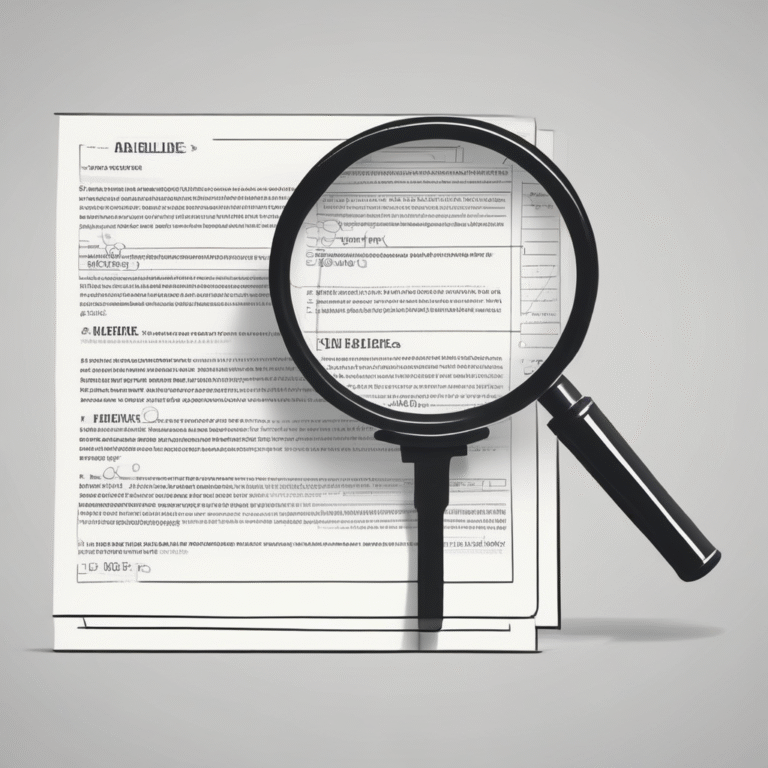California’s New Potential AI Employment Regulations: What Employers Need to Know
In a first-of-its-kind move, California has finalized groundbreaking regulations that directly address the use of artificial intelligence (AI) and automated decision systems (ADS) in employment. These rules, approved by the California Civil Rights Council in March 2025, signal a clear message: while AI tools can be valuable in recruitment, hiring, and workforce management, they must not be used in ways that discriminate against applicants or employees.
These regulations are expected to take effect later this year, once approved by the Office of Administrative Law. Here’s what California employers need to know.
1. Purpose and Scope of the New Regulations
The regulations aim to ensure that the increasing use of technology in employment decisions complies with the Fair Employment and Housing Act (FEHA). In essence, the rules extend traditional anti-discrimination protections to the digital age by:
- Defining when and how automated systems are covered under California employment law
- Prohibiting discriminatory impacts stemming from ADS
- Setting recordkeeping and notice obligations for employers using these technologies
2. What Is an Automated Decision System (ADS)?
The regulations define an ADS as: “A computational process that makes a decision or facilitates human decision-making regarding an employment benefit,” including tools that rely on AI, machine learning, algorithms, or statistics.
Examples of ADS:
- Resume screeners
- Automated interview scoring systems that make predictive assessments about applicants or employees, measure skills, abilities, or characteristics, or screen, evaluate, categorize, and/or recommend applicants or employees
- Video software that analyzes voice or facial expressions
- Tools that prioritize or rank candidates
- Systems that direct job ads to certain groups
Excluded: Basic tools like word processors, spreadsheets, and security software—as long as they don’t make or influence employment decisions.
3. Key Prohibitions and Requirements
No Discrimination:
The regulations provide that, “It is unlawful for an employer or other covered entity to use an automated-decision system or selection criteria (including a qualification standard, employment test, or proxy) that discriminates against an applicant or employee or a class of applicants or employees on a basis protected by the Act, subject to any available defense.”
Specific High-Risk Areas – Criminal Background Checks:
Employers may not use ADS to screen for criminal history before a conditional offer. Even after an offer, they must perform individualized assessments and cannot rely solely on automated outputs.
Duty to Provide Accommodations:
If an AI tool may disadvantage a candidate with a disability or protected characteristic, the employer must offer a reasonable accommodation (e.g., alternative assessment formats).
Third-Party Vendors May Create Liability:
If a vendor or recruiter uses an ADS tool on your behalf, you may still be legally responsible. Contracts should clarify compliance responsibilities and include indemnification provisions.
4. Documentation and Compliance Requirements
Employers using ADS must:
- Retain relevant data, including results of automated decisions and demographic data, for at least four years
- Keep records separate from personnel files
- Conduct and document anti-bias testing on AI tools
- Respond appropriately to testing outcomes
5. Next Steps for Employers
If the regulations are adopted in California, employers should:
- Review All ADS and AI Tools in Use – Conduct an audit of technologies used in recruiting, hiring, promotions, and discipline.
- Engage Legal Counsel or Compliance Experts – Evaluate whether the tools are likely to have a discriminatory impact or violate FEHA.
- Request Transparency from Vendors – Ask for information on bias testing, training data, and system logic.
- Implement Notice and Accommodation Policies – Clearly inform applicants when ADS will be used and how they can request an accommodation.
- Use Human Oversight – Do not rely exclusively on AI for employment decisions. A human should review and approve final decisions.
If these regulations are adopted, California could join jurisdictions like New York City, Illinois, and Colorado in regulating workplace AI. While the federal government is still developing its approach, states like California could begin regulating how AI can be used in employment decisions.
Employers operating in California must treat AI and automation with the same care and diligence as any other employment practice subject to anti-discrimination laws.










